How you vent a metal roof?
Hi,
I live in Nova Scotia, Canada - Climate Zone 6 - and am considering installing a through-fastened steel roof (panels 36'wide cut to length). My house has a vaulted ceiling (no attic). The roofing deck consist of 2x6" T&G pine boards running from eaves to ridge and is visible from the interior as my finished ceiling.
The approach that I am considering using to install the fastened through metal panels on the BACK roof (4/12 pitch), in sequence from start to finish:
-
strip entire roof down to deck;
-
cover 2x6' pine roof deck with either an air barrier or vapor barrier. What is recommended at this stage of the install of the roofing assemby? Air or Vapor barrier?
-
install two layers of 1 -1/2 inch EPS expanded polystyrene;
-
cover with a high temperature roof underlayment; Air or Vapor underlayment?
-
installing 1x4" purlins; then
-
installing metal panels to purlins, leaving both eaves and ridge opened for air movement.
Would this be advisable? Any suggestions would be much appreciated.
Regards,
Kim






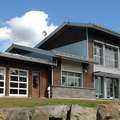










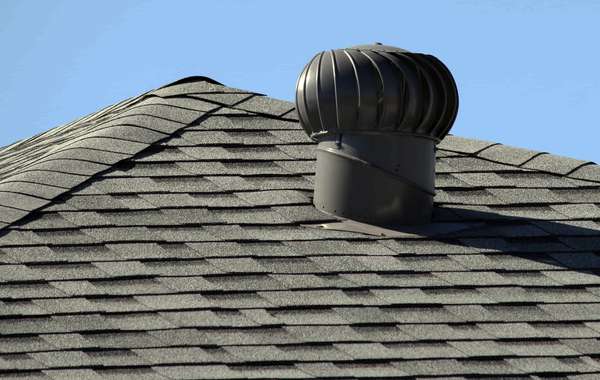

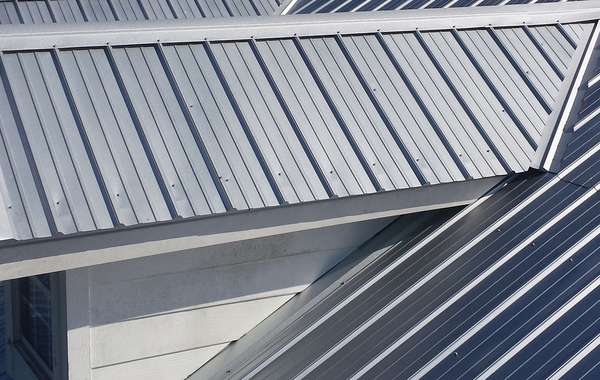
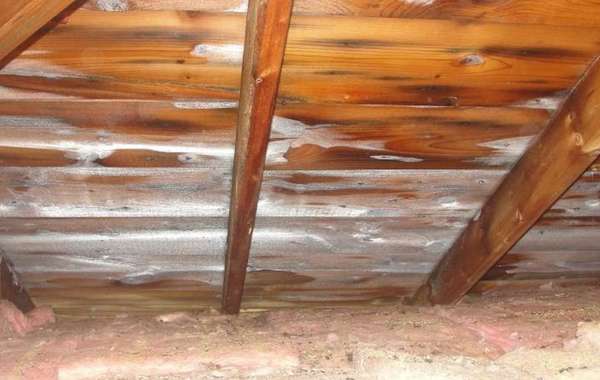
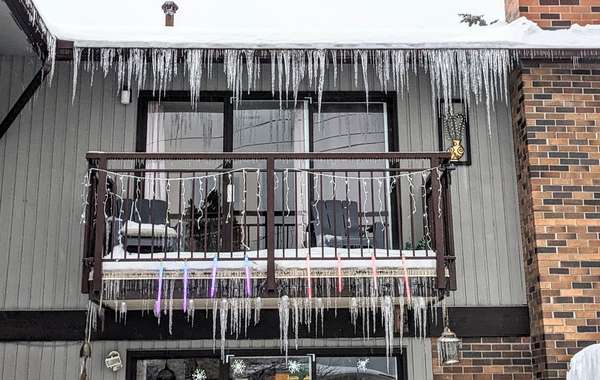
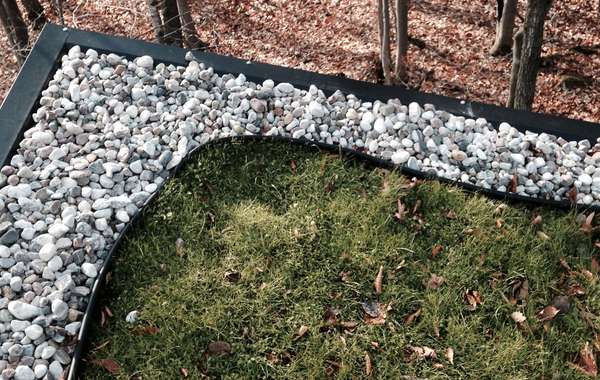
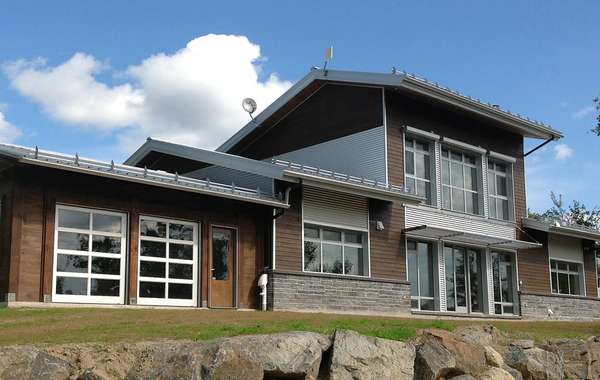
I want to make sure I understand – you plan to strip it back to the T&G and then build up, and since the T&G is the interior finish that means all the insulation is on the outside? The reason I ask is because the way I read it is that you are planning to have only 3 inches of EPS (R12) as your roof insulation and that is about half of what would be required by the Building Code, and building just to meet Code won't help you in terms of energy efficiency. To think of it in its true essence, 'Building Code' requirements are the defining point of the worst-performing house that you are legally allowed to build. This page explains in detail -
Why better insulated houses are worth the money
There are a number of ways you can go from here, but to stick closest to what you have proposed I would lay down at least 10 inches of EPS, which would be about R40. To do that you will need to fasten it with long screws, those are pretty expensive and they will act as a thermal bridge that increases heat loss. It is similar to the assembly you have described and would probably be one of the more affordable ways to proceed. So it would not be my top recommendation, but it’s a bit more in line with what you are proposing. That would be –
Any alternative method, and any that are preferable but more expensive, would probably start with adding new roof trusses and then insulating in the bays with Rockwool or perhaps cellulose. You would then need to add sheathing and a drainage plane, then the strapping and metal.
Here is our page about how to choose the best insulation and another on the best roofing materials for long-term durability.
Rather than try to lay out a bunch of options, I will wait for a reply to make sure I understand your intentions correctly and to see if other proposals would far exceed your budget.
And yes to ventilation as you mention - make sure air can flow and water can drain right below the metal. We don't have a dedicated page I can reference, but here is our page about how to install siding so walls can dry, you would need to adhere to the same general principles with your roof.
Thank you very much for the advice above. It certainly provides options worth exploring.
What would your thoughts be on replacing the 10 inches of EPS (R4) with EPS Silverboard SB-35 foam insulation (R5)? Would this be equally effective? Would it alter your recommendations for how to proceed in a manner that is most in line with my inital approach? For instance, would it still be recommended to apply the 'peel and stick’ air and vapor barrier membrane over the wooden roof deck, then apply the rigid foam panels, followed by the drainage plane membrane?
If using the Silverboard SB-35 foam insulation would be equally effective, would it be better to use 3" sheets rather than 1-1/2" sheets?
Many thanks in advance,
Kim
Hi Kim,
I would go with raw EPS myself. The foil has a purpose and an application, but it doesn't do you any good in this case. It's intention in foam panels is to act as a vapour barrier, to reflect infrared heat, and in some cases, like with Polyisocyanurate, to contain gases within the foam. None of that is applicable to you, so you'd be paying more for now reason. EPS foam can vary slightly in R value but I don't think you're getting a whole lot more value from Silverboard rather than standard EPS sheets that you could probably get for a little cheaper.